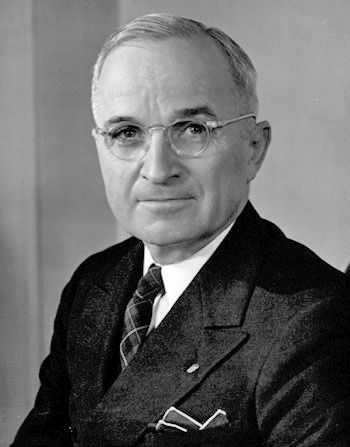On 16 July 1946, in accordance with President Harry Truman’s reorganisation plan, the Social Security Administration was established in the US, with the intention of replacing the State Board of Social Welfare which had been created under President Roosevelt in 1935.
However, President Roosevelt had been the first American president to do something practical about social security at the federal level when the Social Security Act was passed on 14 August 1935 and the board`s work was progressing very slowly: it was not until 1940 that the first $22.54 pension was received by Ida May Fuller in Brattleboro, Vermont.
Truman was faced with the urgent task of bringing the life and economy of the country back to peace while tens of thousands of veterans were returning from the Pacific Ocean and Europe - many of them severely injured. If the state’s welfare policy had failed it would have resulted in not just a change of government, but in a massive social explosion. People were no longer simply asking for support, but demanding a general change in the philosophy and policies of the modern state.
The headquarters of the administration were located outside Washington, as the building where they were originally planned to be housed was given to the military department, and in 1946 the agency needed a new building with a lot of space to store all the necessary archives and documents. The new organisation was headed by Arthur Joseph Altmeyer.
Subsequently, the agency comprised 10 regional offices, eight processing centres, about 1,300 field offices and 37 remote service centres, a number which has recently increased because of the COVID-19 pandemic. In 2014, net social security expenditure amounted to $906.4 billion, representing 21 percent of US Federal Government spending. By 2020, federal expenditure sharply increased to $1.1 trillion – again because of the pandemic.
Source: Kennedy, David M. Freedom from Fear: The American People in Depression and War, 1929-1945 New York; Oxford: Oxford University Press, 2001.
























